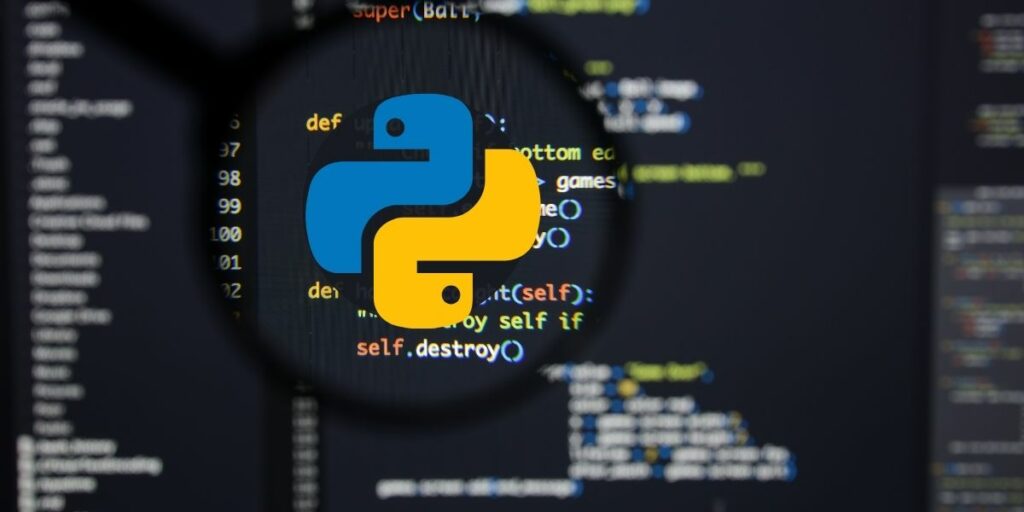
Beginner’s Project on Multi-Class Classification in Python
Multi-class classification is a type of machine learning problem where the goal is to classify instances into one of multiple classes. This is different from binary classification, where the goal is to classify instances into one of two classes.
There are several algorithms that can be used for multi-class classification in Python, such as logistic regression, decision trees, and support vector machines (SVMs). These algorithms can be implemented using libraries such as scikit-learn.
One common strategy for multi-class classification is to train a separate binary classifier for each class, where each classifier is responsible for determining whether an instance belongs to a specific class. This is known as one-vs-all or one-vs-rest method.
Another approach is to train a multi-class classifier directly, which is capable of handling multiple classes. One popular example of this is the Softmax Regression, also known as the Multinomial Logistic Regression.
When training multi-class classifiers, it’s important to make sure that the data is balanced, meaning that there are roughly the same number of instances for each class. If the data is imbalanced, the classifier may be more likely to predict the majority class.
In summary, Multi-class classification is a type of machine learning problem where the goal is to classify instances into one of multiple classes. There are several algorithms that can be used for multi-class classification in Python, such as logistic regression, decision trees, and support vector machines (SVMs). One common strategy for multi-class classification is to train a separate binary classifier for each class, where each classifier is responsible for determining whether an instance belongs to a specific class. Another approach is to train a multi-class classifier directly, which is capable of handling multiple classes. When training multi-class classifiers, it’s important to make sure that the data is balanced, meaning that there are roughly the same number of instances for each class.
In this Applied Machine Learning & Data Science Recipe (Jupyter Notebook), the reader will find the practical use of applied machine learning and data science in Python programming: how to do an end-to-end Beginner’s Project on Multi-Class Classification in Python.